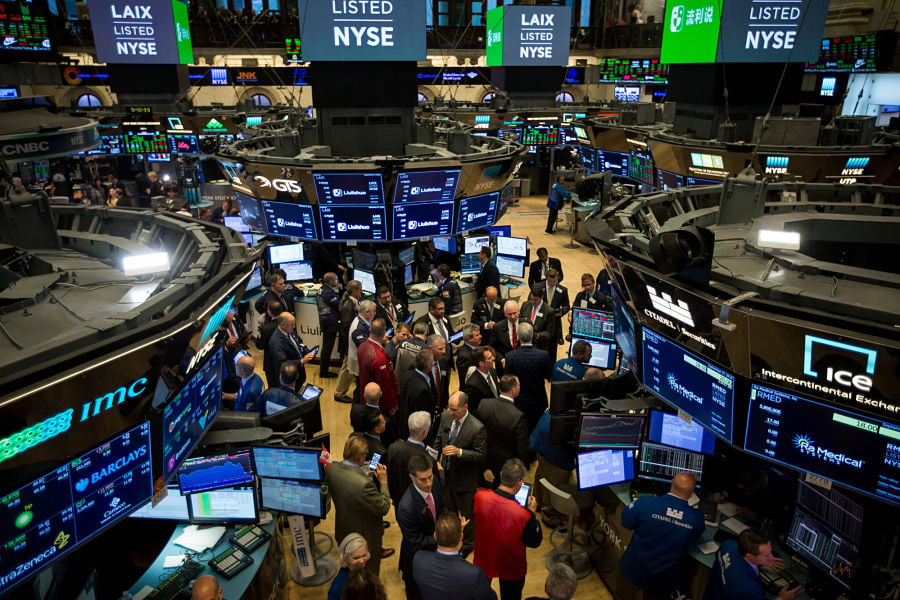

The S&P 500 sank the most since December 2008, the Dow Jones Industrial Average tumbled 2,000 points and small caps lost more than 9% as investors fled risk assets with virus cases surging and the Trump administration so far unwilling to step in to soften the expected economic blow.
In a dramatic day across assets globally, all but nine S&P 500 companies were lower Monday, with energy producers routed by 20%. Exxon Mobil and Chevron were down more than 12%. Banks lost 11%, with an ETF that tracks regional banks had for its worst day since 2009. Apple sank 7.9% and Dow Chemical plunged 22%.
“The market was poised and vulnerable to this volatility and crude oil has just exacerbated it,” said Randy Frederick, vice president of trading and derivatives for Schwab Center for Financial Research. “The coronavirus itself has been the main cause of the correction, but now it’s being exaggerated even further.”
President Donald Trump and his economic team will weigh measures later Monday to contain the fallout from coronavirus and a sudden crash in oil prices, with funding for a temporary expansion of paid sick leave and aid for battered U.S. energy producers among possible steps.
“When there’s panic, there tends not to be accurate pricing of assets,” said Kristina Hooper, Invesco’s chief global market strategist. “The sell-off today to me is emblematic of that. It really is a knee-jerk reaction to what’s happened over the weekend."

Relationships are key to our business but advisors are often slow to engage in specific activities designed to foster them.

Whichever path you go down, act now while you're still in control.

Pro-bitcoin professionals, however, say the cryptocurrency has ushered in change.

“LPL has evolved significantly over the last decade and still wants to scale up,” says one industry executive.

Survey findings from the Nationwide Retirement Institute offers pearls of planning wisdom from 60- to 65-year-olds, as well as insights into concerns.
Streamline your outreach with Aidentified's AI-driven solutions
This season’s market volatility: Positioning for rate relief, income growth and the AI rebound
